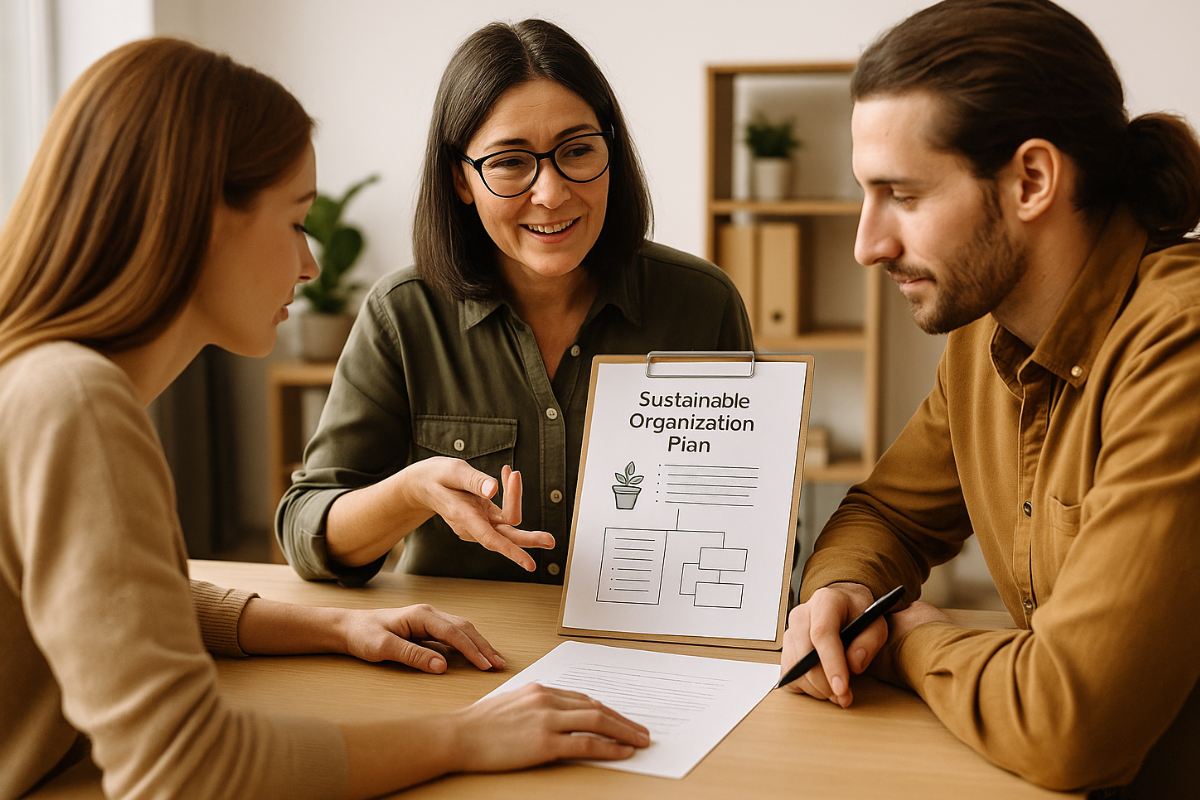Decluttering can be liberating—but when not done mindfully, it often just shifts clutter from your home to the landfill. True sustainability isn’t about tossing everything out for a cleaner space. It’s about intentionally letting go while respecting the environmental impact of each item.
This guide will show you how to embrace minimalism in a way that’s kind to the Earth, and more meaningful for you.
Why Declutter Sustainably?
When we declutter, we often create huge bags of trash—many of which could have been donated, repaired, or reused.
Decluttering sustainably means:
- Avoiding unnecessary waste
- Rescuing usable items from landfills
- Extending the life of products
- Encouraging more mindful consumption
- Building habits that prevent future clutter
It’s about slowing down and thinking holistically, not just making space.
Step 1: Set an Intention
Before you start, ask yourself why you want to declutter. Is it to reduce stress? Live with less? Be more sustainable?
This will help you:
- Avoid rash decisions
- Focus on quality over speed
- Make changes that last
Write down your “why” and keep it visible during the process.
Step 2: Start Small and Sort Thoughtfully
Pick one area—like a drawer or shelf—and work slowly. Sort items into four categories:
- Keep (you use and love it)
- Repurpose (it can serve a new function)
- Donate/Sell (still useful for someone else)
- Recycle/Dispose (if truly broken or unusable)
Avoid the temptation to just throw everything away.
Step 3: Rehome Items With Purpose
One person’s clutter can be another’s treasure. Choose donation or resale channels that match the item’s condition and type.
Where to send items:
- Clothes: thrift stores, shelters, clothing swaps
- Electronics: e-waste centers, repair cafés
- Books: libraries, schools, community boxes
- Toys: daycare centers, community groups
- Furniture: donation pick-ups, online giveaways
Use local “Buy Nothing” or community sharing groups to find new homes nearby.
Step 4: Reuse and Repurpose Creatively
Before discarding, ask: Can this become something else?
Creative repurposing ideas:
- Old mugs = plant pots or pencil holders
- T-shirts = cleaning rags or tote bags
- Glass jars = storage for bulk goods
- Broken furniture = upcycled into new décor
Pinterest and DIY blogs are great sources of inspiration for repurposing.
Step 5: Recycle Responsibly
If an item truly can’t be reused, recycle it correctly.
Tips:
- Check your local recycling guidelines
- Use TerraCycle or similar programs for hard-to-recycle items
- Never recycle greasy or contaminated materials (like oily pizza boxes)
- Remove non-recyclable components (e.g., zippers or labels)
When in doubt, research. The extra effort prevents contamination of recycling streams.
Step 6: Dispose Consciously
Only send items to the landfill as a last resort. When you must, do it mindfully:
- Wrap broken glass securely
- Avoid mixing hazardous waste (like batteries or paint) with regular trash
- Look for hazardous waste collection programs in your area
This step is about acknowledging the impact of disposal—not avoiding it.
Step 7: Build Habits That Prevent Future Clutter
Sustainable decluttering isn’t just about removing—it’s about preventing excess in the first place.
Practices to adopt:
- One-in, one-out rule: if something comes in, something else goes out
- 24-hour pause before buying non-essentials
- Monthly mini-declutters
- Shop with intention, not emotion
- Choose quality over quantity
Minimalism isn’t about owning nothing—it’s about owning what matters.
Step 8: Reflect and Reset
After each decluttering session, reflect on what you learned:
- Which items were hardest to let go of? Why?
- What purchases do you regret?
- How can you avoid similar waste in the future?
This reflection makes each round more intentional and lasting.
Decluttering as a Sustainable Lifestyle
Sustainable decluttering transforms your space—and your mindset. It teaches you to value resources, avoid waste, and live with more clarity and gratitude.
When you declutter this way, you create not just a cleaner home, but a cleaner conscience and a healthier relationship with what you own.
